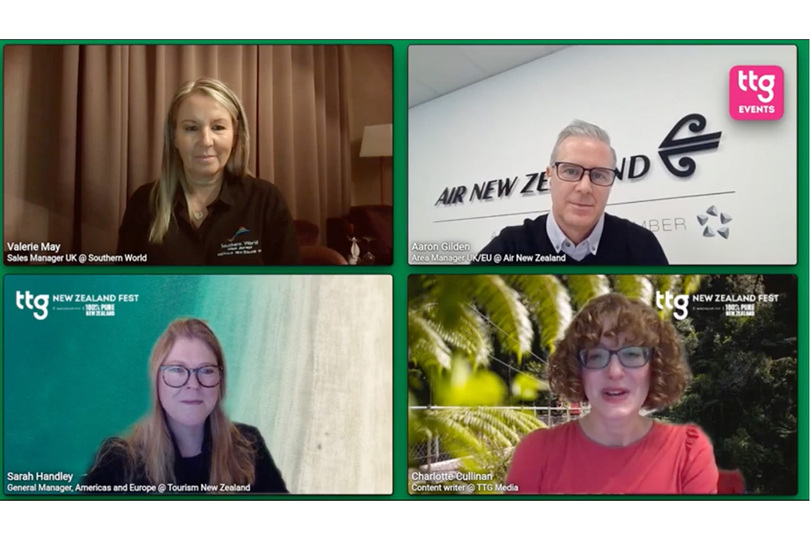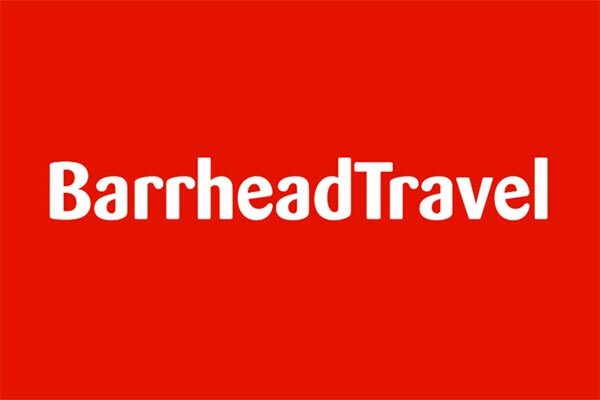'Less is more': how agents can make the most of whatever time they can dedicate to social media
In social media, life comes at you fast. Trends, memes – even the platforms themselves – become old overnight, making it tricky for hard-pressed travel agents and travel marketers to know how to shape and focus their strategy.
Do you prioritise engaging and inspirational top-of-the-funnel content that creates an emotional connection with customers? Is it a ruthless sales pitch? Perhaps your social presence needs to be all about providing service and utility so your customers know you’re there if they need you. Maybe it’s all the above – and more.
When it comes to how to approach social media, there are as many opinions as there are marketers. Some will say you can get quick results from the fast-paced digital environments, while others warn building a social media presence is a time-consuming exercise with no shortcuts.
For agents who are busy selling, fulfilling and managing people’s holidays – and their multitude of variables – it can be exhausting.
The truth, as usual, lies somewhere in the middle. Your most important considerations need to be your audience and your business goals. If your customers tend to be 40 to 65-year-olds looking for a simple trip where reassurance and value are important factors in their spending decision, then spending hours honing your TikTok videos won’t be a good use of your time - even if that platform is the new kid in town.
But if your customers are Gen Z, defined as being born in the late 1990s and early noughties, spending hours working on long-form Facebook content won’t be worthwhile either.
Now – between the end of September summer sales and turn of years peaks – is a great time to conduct an audit of your social channels and your customer segments – and you can keep your segments quite simple.
Knowing who your audience is, how they spend their social media time, and what they are looking for, will be invaluable in knowing how to allocate your resources as you approach the most important trading period for any travel brand. There are numerous online tools available to help you identify your segments.
’Less is more’
The second step is to decide how much time you or your team can spend creating social media content. A good place to start is to follow the different platforms’ recommendations, as their algorithms will reward you for posting original content tailored to that platform.
Repurposing your TikTok videos on Instagram could result in your reel getting less engagement if it’s obvious it’s been created with TikTok in mind. The law of "less is more" applies. It’s better to focus your efforts on the one or two platforms that best align to your customers’ social media use than give in to the temptation to spread yourself – and your content – too thinly.
Thirdly, be clear on your goal for using social media within your wider marketing strategy. Facebook is still the most commercial platform, and its paid advertising functionality remains the most sophisticated. So if conversions are a priority, consider investing in some paid budgets into Facebook ads, combined with a newsletter, to streamline your processes and build interconnected campaigns.
However, if you aren’t planning on investing media budget into social, or simply can’t, it’s worth looking at organic social media as an engagement vehicle to build a loyal following and community. Instagram and TikTok are great tools to inspire your audiences with video content showing desirable destinations – if those are platforms your customers use, that is.
Instead of posting beautiful but static imagery, partner with content creators who are well versed in creating content specifically for social media and engaging with their audiences; that way you can benefit from their existing networks, creativity and skills.
’Front of mind’
Social media is a powerful marketing tool, but one that needs to be used with caution. Use paid social if your goal is to target a specific audience or a niche within an audience and convert. Treat organic social as an opportunity to connect with the consumer and build a community through entertaining and inspiring content they come back to time and time again.
It is likely that by using your data, posting regularly and staying relevant by featuring the right trends and people in that content, customers will have your brand front of mind when it comes to planning and booking their travel.
Marta Safin is a social media strategist who has worked with global travel brands for 15 years, helping them develop their marketing efforts to drive brand awareness and foster customer loyalty. She’s a member of the Llama collective of travel marketing specialists, helping brands all over the world to sharpen their marketing.
Learn from the llamas
TTG has teamed up with travel's new marketing collective, We Are Llama, to tap into the team's industry knowledge and experience, and offer agents insights, tips and guidance on how they can make the most of the marketing resources at their disposal.
- Mags Sikora: 'Agents have to work harder to show Google their content is truly valuable – here's how'
- Phil Bloomfield: How can agents plan ahead to ride out the next inevitable crisis?
- Heath Heise: Should agents have a share of the TV advertising spotlight with supplier partners?
- Andrew Shelton: Forget 'make do and mend' marketing and build yourl brand to last in 2024
- Mags Sikora: 'Agents swayed by AI must remember to keep a firm hand on the wheel'
- Lisa Edwards-Webb: Why email still has a place in travel marketing's arsenal
- Marta Safin: How to make the most of whatever time you can dedicate to social media
- Andrew Shelton: Why it's time to spring clean your marketing... in August
- Phil Bloomfield: Will Threads pull everything together – or unravel your social media strategy?
Sign up for weekday travel news and analysis straight to your inbox
Supplier Directory
Find contacts for 260+ travel suppliers. Type name, company or destination.













